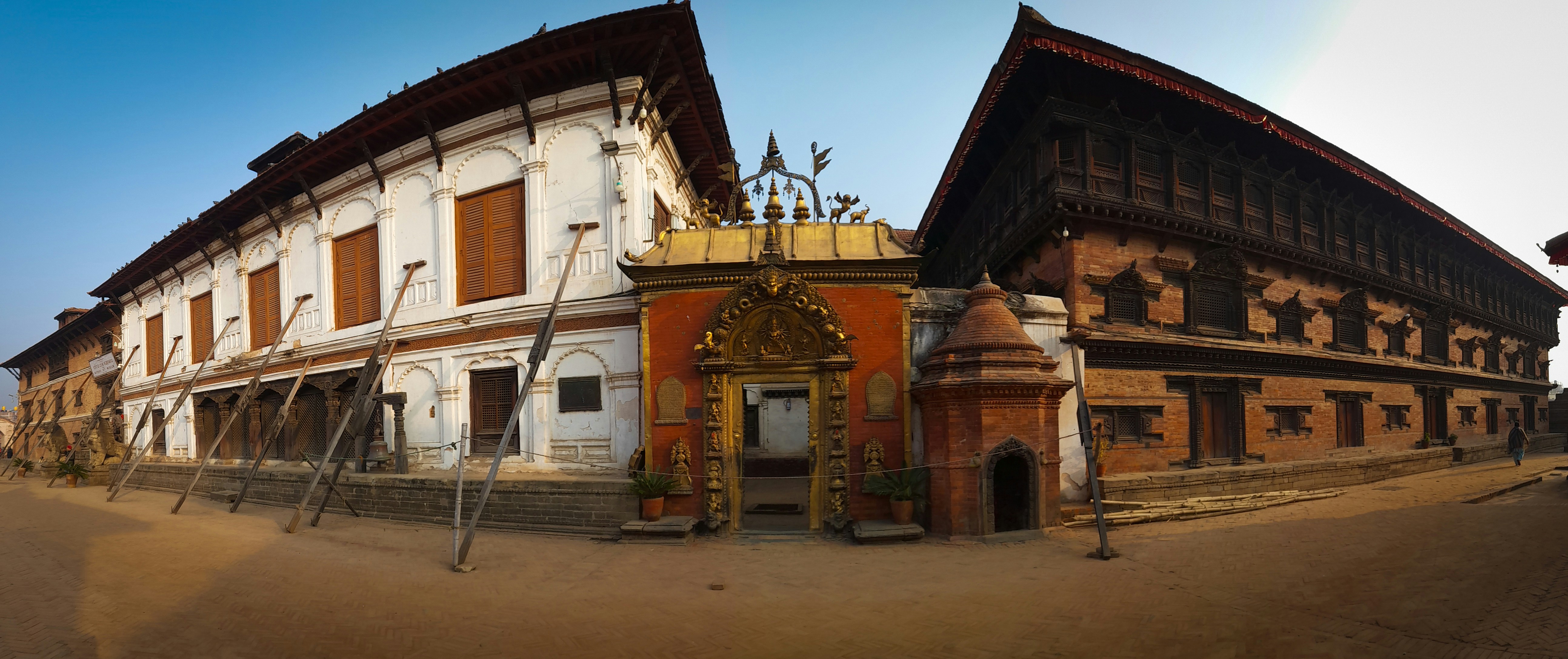Pengantar Raja Ampat
Raja Ampat, yang terletak di provinsi Papua Barat, Indonesia, merupakan salah satu tujuan wisata alam terindah di dunia. Area ini terdiri dari lebih dari 1.500 pulau kecil, yang menyuguhkan panorama alam yang menakjubkan dan keanekaragaman hayati yang luar biasa. Letak geografisnya yang strategis di segitiga terumbu karang dunia menjadikan Raja Ampat sebagai lokasi penting di mana berbagai ekosistem laut dan daratan bertemu. Pulau-pulau utama yang dikenal di Raja Ampat adalah Waigeo, Misool, Batanta, dan Salawati.
Keindahan alamnya yang memukau, termasuk pantai berpasir putih, batu karang yang dramatis, dan hutan tropis yang lebat, menarik perhatian wisatawan dari seluruh penjuru dunia. Raja Ampat sering dijuluki sebagai “surga bawah laut” karena memiliki salah satu biota laut terlengkap di planet ini. Dengan lebih dari 1.500 spesies ikan, 600 jenis terumbu karang, dan beragam spesies langka lainnya, kawasan ini menjadi destinasi favorit para penyelam dan pencinta alam. Setiap tahun, wisatawan berbondong-bondong datang untuk menjelajahi keindahan biota laut dan menikmati keajaiban alam yang ditawarkan oleh destinasi ini.
Pentingnya keberadaan Raja Ampat tidak hanya terletak pada keindahan alamnya, tetapi juga pada perannya dalam konservasi keanekaragaman hayati. Kurangnya pengaruh industri dan populasi yang padat membuat kawasan ini sebagai habitat alami bagi berbagai spesies yang terancam punah. Upaya pelestarian yang dilakukan oleh masyarakat setempat dan organisasi lingkungan menjadikan Raja Ampat sebagai model pengelolaan sumber daya alam yang berkelanjutan. Hal ini menciptakan keseimbangan antara kegiatan pariwisata dan konservasi, sehingga masa depan Raja Ampat sebagai destinasi wisata tetap terjaga.
Paket Wisata Alam di Raja Ampat
Raja Ampat, yang dikenal sebagai salah satu surga dunia, menawarkan berbagai paket wisata alam yang dirancang untuk memenuhi kebutuhan para pengunjungnya. Paket wisata ini bervariasi mulai dari paket dasar hingga paket premium, memungkinkan wisatawan untuk memilih pengalaman yang sesuai dengan anggaran dan preferensi mereka. Salah satu atraksi utama dalam paket wisata adalah snorkeling dan diving, di mana pengunjung dapat menjelajahi keindahan bawah laut yang menakjubkan serta beragam spesies laut yang hanya dapat ditemukan di kawasan ini.
Bagi pengunjung yang lebih menyukai aktivitas darat, paket trekking juga tersedia. Aktivitas ini memberikan kesempatan untuk menjelajahi hutan tropis yang rimbun serta menikmati pemandangan panorama yang menakjubkan dari puncak-puncak bukit di sekitar pulau. Di sisi lain, tur pulau-pulau kecil juga menjadi pilihan menarik, di mana wisatawan dapat mengunjungi pulau-pulau tersembunyi dan menikmati keindahan pantai yang eksotis serta berfoto dengan latar belakang pemandangan yang menakjubkan.
Dalam setiap paket, fasilitas yang ditawarkan berbeda-beda. Paket dasar biasanya mencakup akomodasi sederhana, transportasi, dan makanan, sedangkan paket premium menawarkan layanan yang lebih lengkap, termasuk penginapan di resor mewah, makanan gourmet, dan pemandu wisata yang berpengalaman. Para wisatawan disarankan untuk memilih operator wisata terpercaya yang telah mendapatkan ulasan positif untuk memastikan pengalaman yang aman dan memuaskan. Beberapa operator yang direkomendasikan di Raja Ampat antara lain Raja Ampat Tours dan Papua Diving, yang dikenal baik dalam memberikan layanan dan kenyamanan. Dengan pilihan paket wisata yang beragam ini, wisatawan memiliki kesempatan untuk merasakan keajaiban alam Raja Ampat secara maksimal.
Persiapan Sebelum Berangkat
Sebelum memulai perjalanan ke Raja Ampat, penting untuk melakukan berbagai persiapan guna memastikan pengalaman yang menyenangkan dan nyaman. Persiapan fisik adalah hal pertama yang harus dipertimbangkan. Aktivitas seperti snorkeling, hiking, dan tur perahu memerlukan kondisi tubuh yang prima. Disarankan untuk melakukan olahraga ringan beberapa minggu sebelum keberangkatan agar stamina tetap terjaga. Mengingat Raja Ampat adalah lokasi yang cukup terpencil, memiliki kesehatan yang baik dapat memudahkan pengalaman berwisata.
Dokumen yang diperlukan juga merupakan aspek krusial. Pastikan untuk memeriksa kevalidan paspor dan visa, jika diperlukan. Pelancong domestik harus menyiapkan identitas diri, seperti KTP yang berlaku, dan sebaiknya juga membawa salinan dokumen tersebut. Sebagian besar kegiatan di Raja Ampat membutuhkan rekomendasi atau izin khusus, jadi penting untuk memeriksa apakah ada dokumen lain yang diperlukan untuk mengunjungi tempat-tempat wisata tertentu.
Selanjutnya, barang-barang yang wajib dibawa mencakup perlengkapan snorkeling, pakaian yang nyaman, dan pelindung dari sinar matahari. Jangan lupa membawa obat-obatan pribadi dan perlengkapan P3K, karena akses layanan kesehatan bisa terbatas di daerah terpencil ini. Selain itu, membawa kamera atau perlengkapan fotografi lain adalah ide baik untuk mengabadikan keindahan panorama alamnya.
Waktu terbaik untuk berkunjung ke Raja Ampat adalah antara bulan Oktober hingga April, ketika cuaca lebih bersahabat. Untuk mencapai lokasi-lokasi wisata, pelancong dapat menggunakan kombinasi penerbangan dan perahu. Pastikan untuk merencanakan rute perjalanan dengan baik agar segala sesuatunya berjalan lancar. Dengan persiapan yang matang, pengalaman Anda di Raja Ampat akan menjadi lebih memuaskan dan tak terlupakan.
Sumber Daya Tambahan
Untuk para wisatawan yang berniat menjelajahi keindahan Raja Ampat, memiliki akses kepada sumber daya tambahan adalah kunci untuk memaksimalkan pengalaman petualangan. Salah satu sumber daya yang sangat bermanfaat adalah website AMSNS Staffing Toolkit. Halaman ini menawarkan berbagai informasi terkait kenyamanan, keamanan, serta tips perjalanan yang dapat membantu pengunjung merencanakan perjalanan yang lebih baik dan terinformasi dengan baik.
Selain itu, wisatawan juga disarankan untuk memanfaatkan berbagai blog dan forum perjalanan yang berfokus pada Raja Ampat. Melalui platform ini, pengunjung dapat mendapatkan rekomendasi dari wisatawan lain, seperti tempat tinggal, lokasi terbaik untuk menyelam, serta kegiatan menarik yang dapat dilakukan. Keterlibatan dalam forum diskusi ini tidak hanya memberi informasi, tetapi juga membangun komunitas travelers yang peduli terhadap pelestarian lingkungan.
Penting juga untuk membahas isu pelestarian lingkungan, mengingat Raja Ampat adalah surga alam yang sangat rentan. Wisatawan dapat berkontribusi terhadap konservasi alam dengan cara sederhana seperti tidak menginjak karang, menggunakan tabir surya ramah lingkungan, dan tidak membuang sampah sembarangan. Beberapa organisasi lokal sering mengadakan program konservasi yang dapat diikuti oleh pengunjung, sehingga memberikan kesempatan untuk lebih memahami ekosistem dan budaya setempat.
Dengan memanfaatkan sumber daya tambahan ini dan menjaga lingkungan, setiap wisatawan dapat menikmati keindahan Raja Ampat dengan penuh tanggung jawab. Mengunjungi keajaiban alam sambil berkontribusi terhadap pelestariannya adalah langkah yang sangat penting dalam memastikan bahwa generasi mendatang juga dapat merasakan pengalaman yang sama.







